

Josh Nevett
2025 Bentley Bentayga review
5 Days Ago
The new S-Class really needs no introduction. It's a stunning car, even if it's getting crowded at the top of the Mercedes-Benz range.

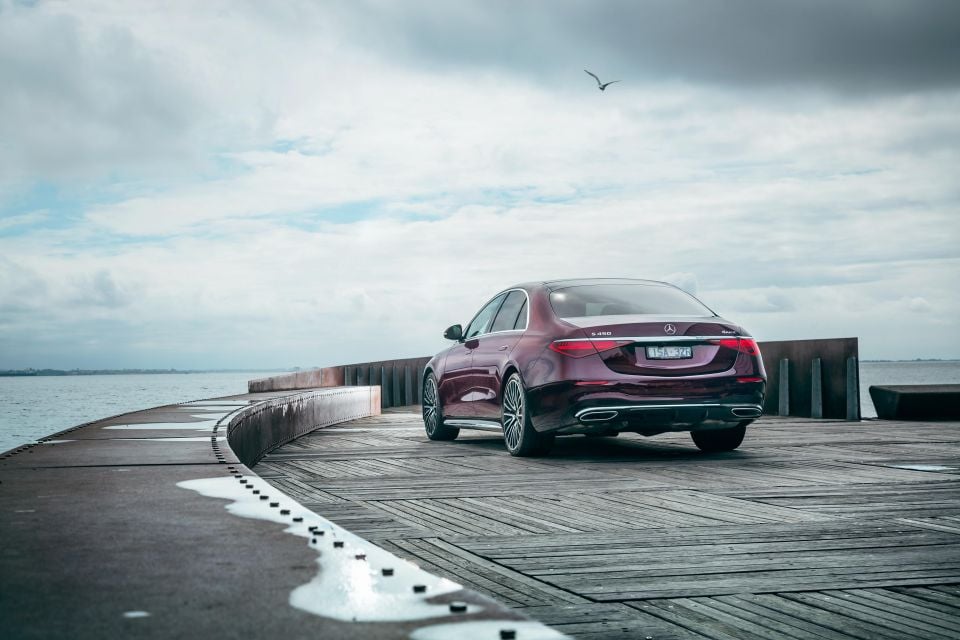

Contributor
New from
$206,589
excl. on-roads

Contributor
New from
$206,589
excl. on-roads


Contributor
New from
$206,589
excl. on-roads

Contributor
New from
$206,589
excl. on-roads
Quickly see how this car stacks up against its competition. Select any benchmark to see more details.
Where expert car reviews meet expert car buying – CarExpert gives you trusted advice, personalised service and real savings on your next new car.
Some cars need no introduction. The Mercedes-Benz S-Class is one of them.
Now into its seventh generation, the S-Class has always been more than just a flagship for Mercedes-Benz.
It’s a pride project for the engineers in Stuttgart, and traditionally represented the peak from which technology trickles down to the rest of the three-pointed star range.

But time moves on, and the role of the petrol-powered S-Class isn’t quite as clear in 2021.
Not only has it been joined by the high-riding GLS SUV, it’s about to be usurped as the most forward-thinking member of the Mercedes range by the pure-electric EQS limousine.
Does that mean the S-Class is irrelevant in 2021? Not even close.
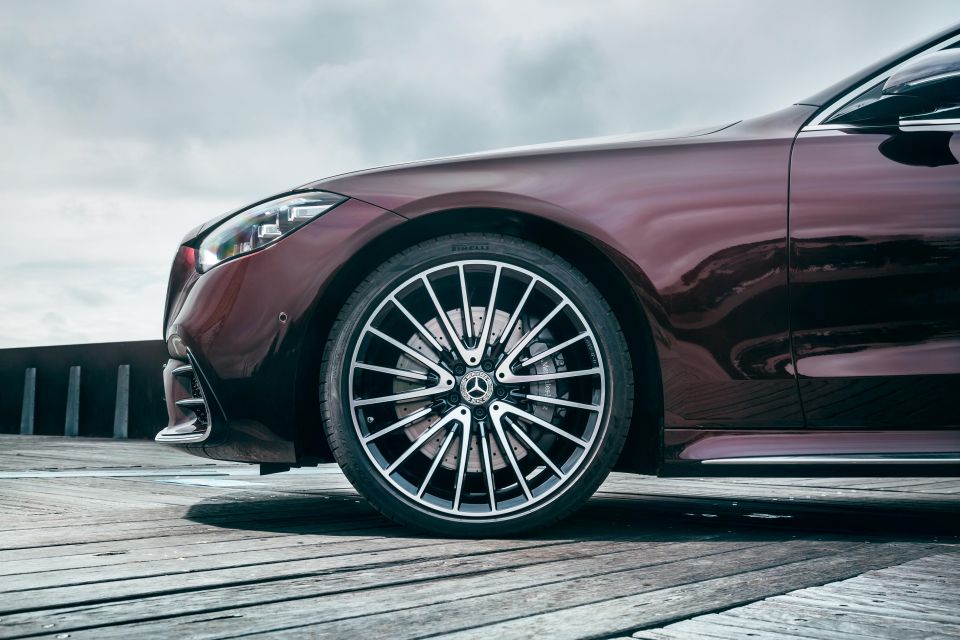
There are two models in the S-Class range at launch in Australia, starting with the S450 4Matic. It’s priced at $240,700 before on-road costs.
Jumping to the long wheelbase model, which brings about an extra 110mm of rear legroom, bumps the price up to $264,900 before on-road costs.
It feels a bit futile to talk about S-Class rivals. They’re out there, but the average buyer has laid down their hard-earned for a car with a three-pointed star on the bonnet before, and will likely do so again.
Audi has the A8 priced from $194,500 before on-road costs, and the long-wheelbase A8 L from $209,100 before on-roads.
If you like your big limousines with bigger grilles, the BMW 7 Series kicks off at $204,900 before on-roads and extends to $383,900 before on-roads for the M760Li.
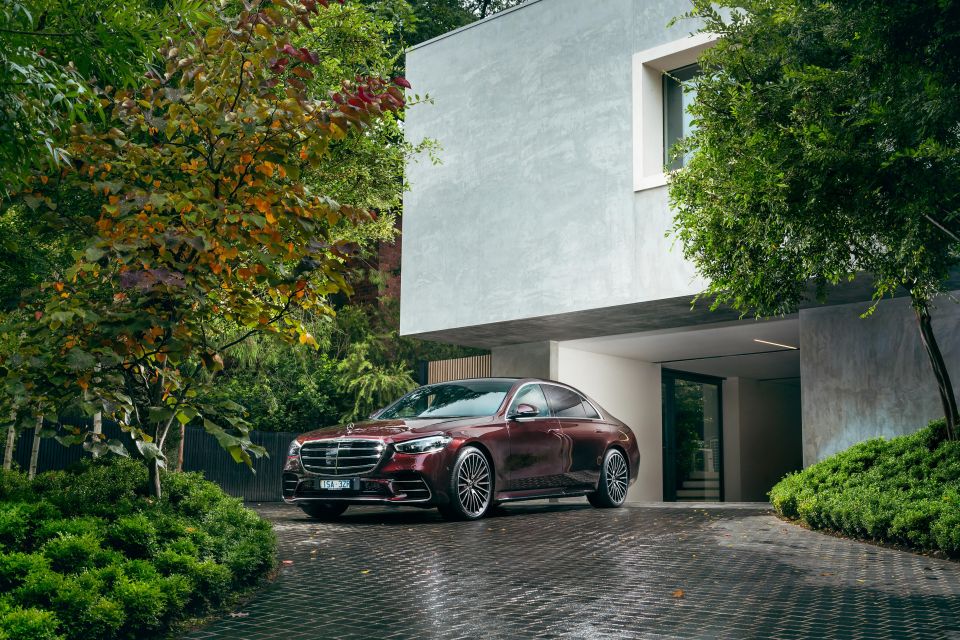
All versions of the S-Class in Australia feature a 12.3-inch 3D digital instrument cluster and a 12.8-inch OLED central touchscreen, along with a head-up display, wireless Apple CarPlay and Android Auto, and factory satellite navigation.
There’s also wireless phone charging, a sliding panoramic glass sunroof, insulated front glass and rear privacy glass, a 15-speaker sound system, and heated/cooled front seats with a powered steering column.
The trick flush-fitting door handles offered as an option overseas are standard in Australia, as are soft-close doors.
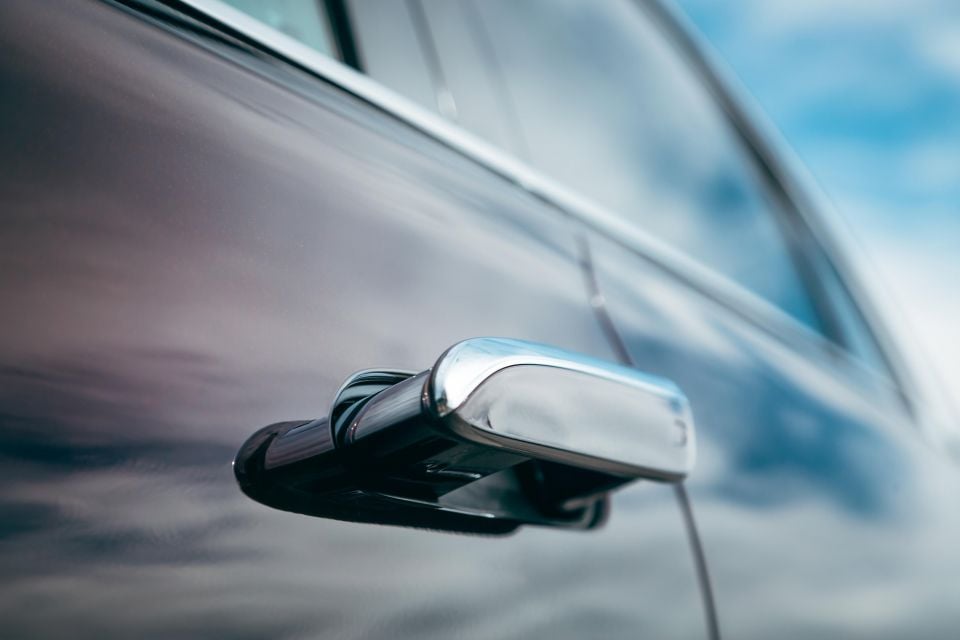
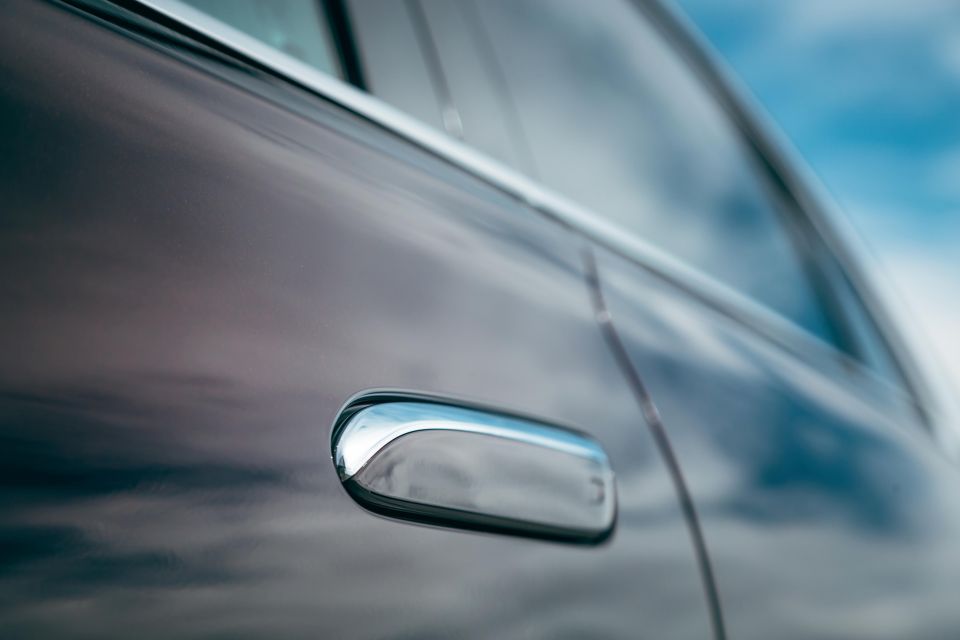
There’s a full parking assist suite, including a surround-view camera with 3D visualisation, and hands-free parking assist.
Jumping to the long-wheelbase S450L brings a longer wheelbase, naturally, electrically adjustable rear seats with memory, automatic rear climate control, and forward-facing rear airbags.
There are a number of options packages as well. The AMG Line Pack brings unique styling, an AMG steering wheel, and 20-inch alloy wheels for $6500.
The Rear Entertainment Pack brings a pair of rear MBUX screens and a tablet, along with wireless rear headsets for $8700.
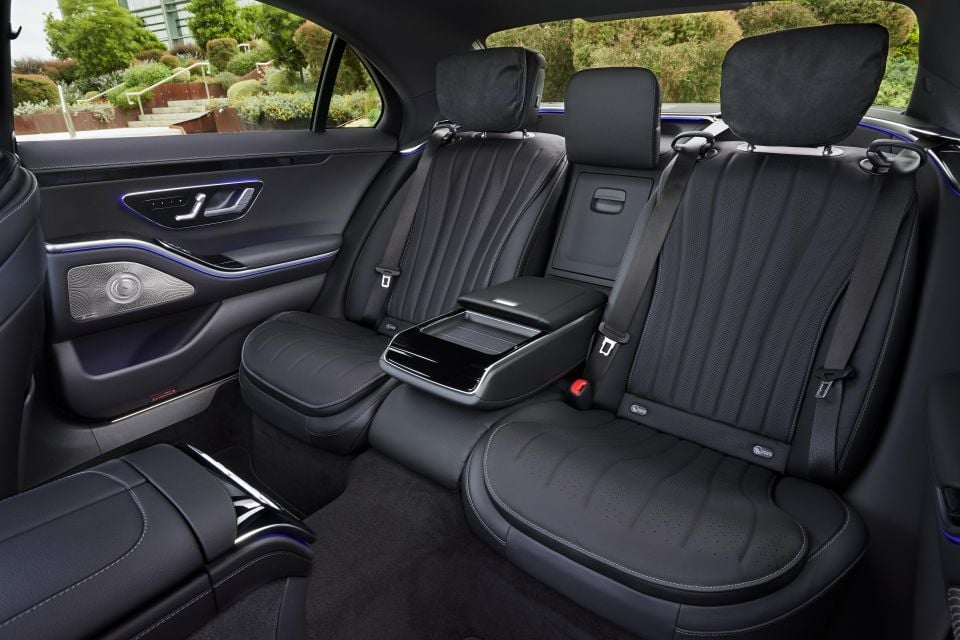
Also for the rear? The Rear Comfort Pack adds the energising program option, multi-contour rear seats, and armrest/shoulder seating for the rear for $7800.
There’s also a Business Class Pack ($14,500) and an Energising Pack ($14,500).
Rear-wheel steer is a $2700 option, the more advanced head-up display is $2900, a TV tuner is $850, and a wood/leather steering wheel is $1700.
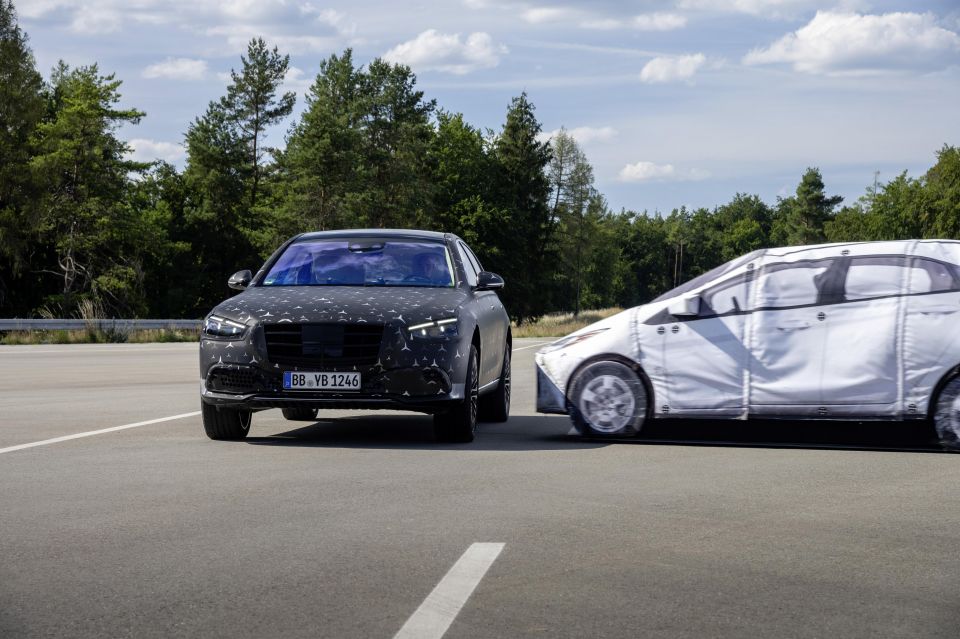
The 2021 Mercedes-Benz S-Class hasn’t been tested by ANCAP or Euro NCAP.
It is, however, loaded with active and passive safety features.
There are 10 airbags in the regular wheelbase, and 12 in the long wheelbase thanks to its standard rear-seat, forward-facing airbags.
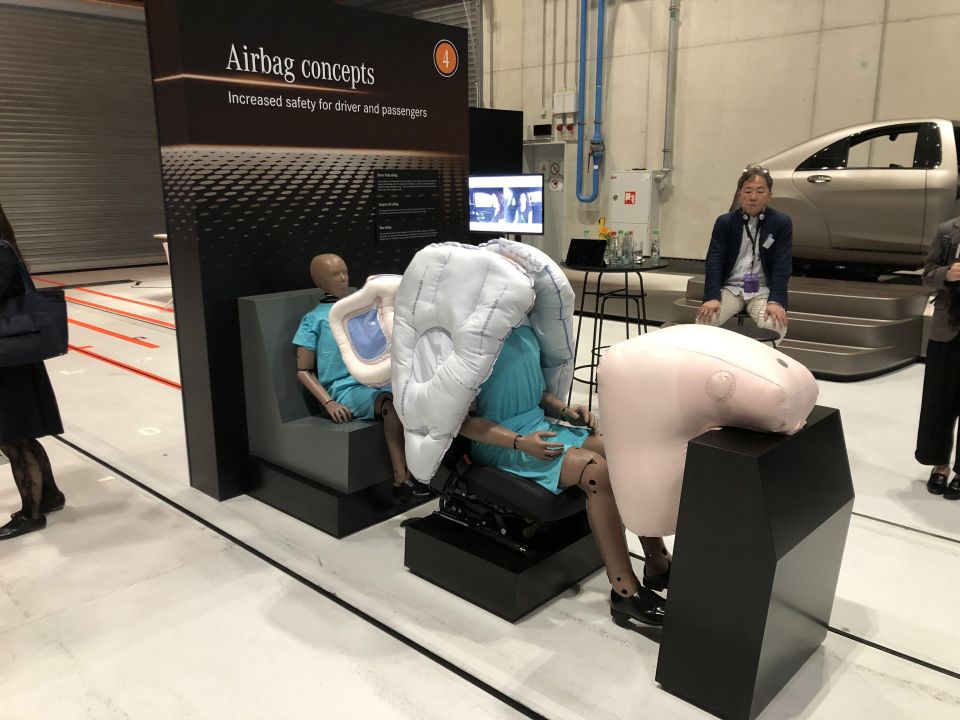
Standard active safety kit includes:

That the S-Class is luxurious should come as no surprise. Mercedes-Benz knows how to do a plush cabin, and the S-Class has always represented peak plush.
The big step forward in the new model is on the technology front. Gone is the dual widescreen MBUX infotainment system, replaced with a vertically-oriented 12.3-inch display sweeping smoothly up from the transmission tunnel.
Keen on buttons? Best look elsewhere, almost everything is touch-based here. That’s everything from navigation to your climate controls, although there is a row of old-fashioned buttons below the display for the hazard lights, drive mode, and fingerprint authentication.
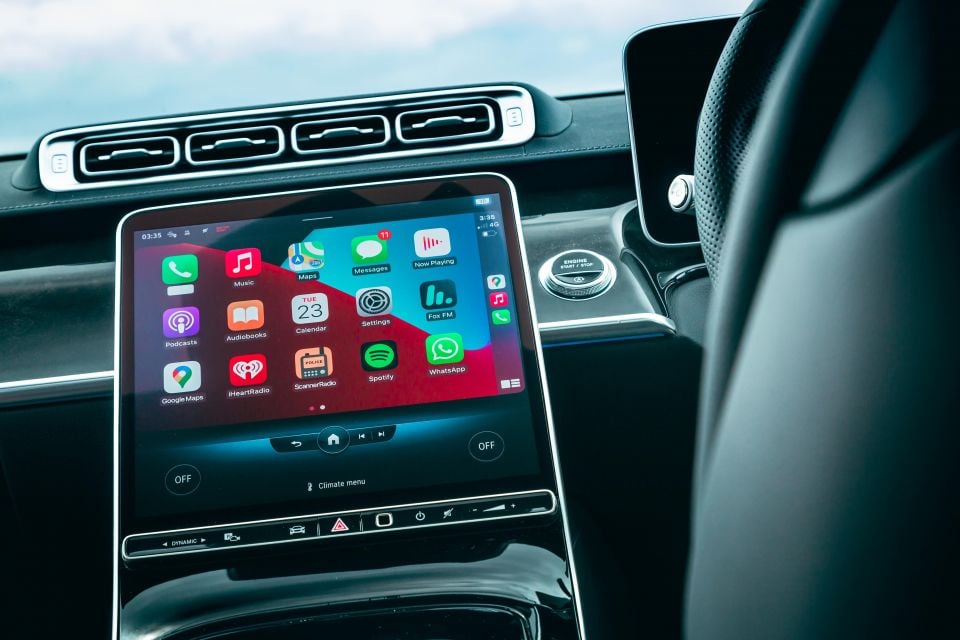
Thankfully your climate controls don’t move or disappear, they permanently occupy the bottom of the screen.
It’s an elegant way to keep menu diving to a minimum, but poking and prodding beautifully-damped buttons and switches has always been part of the allure in high-end Mercedes interiors, and to lose that is a shame.
With lightning responses and eye-searing resolution, not to mention simple menus and large icons, the more touch-oriented version of MBUX (with smart ‘Hey Mercedes’ voice controls) is much easier to navigate than the slightly fiddly iteration used elsewhere in the range.
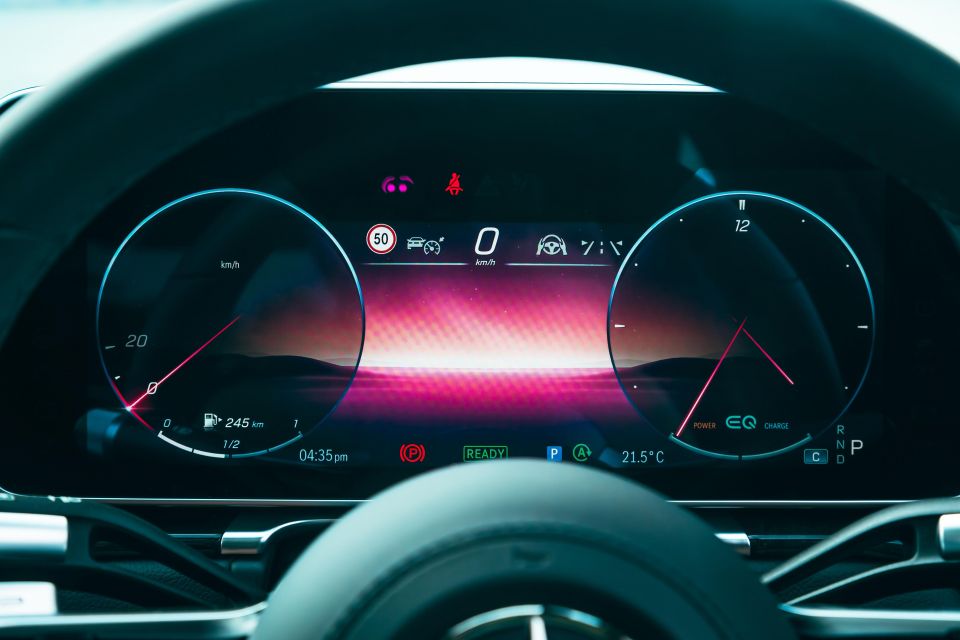
Arguably more impressive than the central screen is the 3D driver display. No, you don’t need dorky red and blue glasses. Yes, it really does look 3D.
Along with the usual range of analogue-style dials and nav-focused layouts, Mercedes has followed Tesla in offering a neat visualisation of what the car is seeing around you.
A head-up display is standard, but you’ll want to select the larger HUD option. It’s absolutely massive and packs Need for Speed-style augmented reality arrows that grow as you approach your turn, and actually overlay on the tarmac.
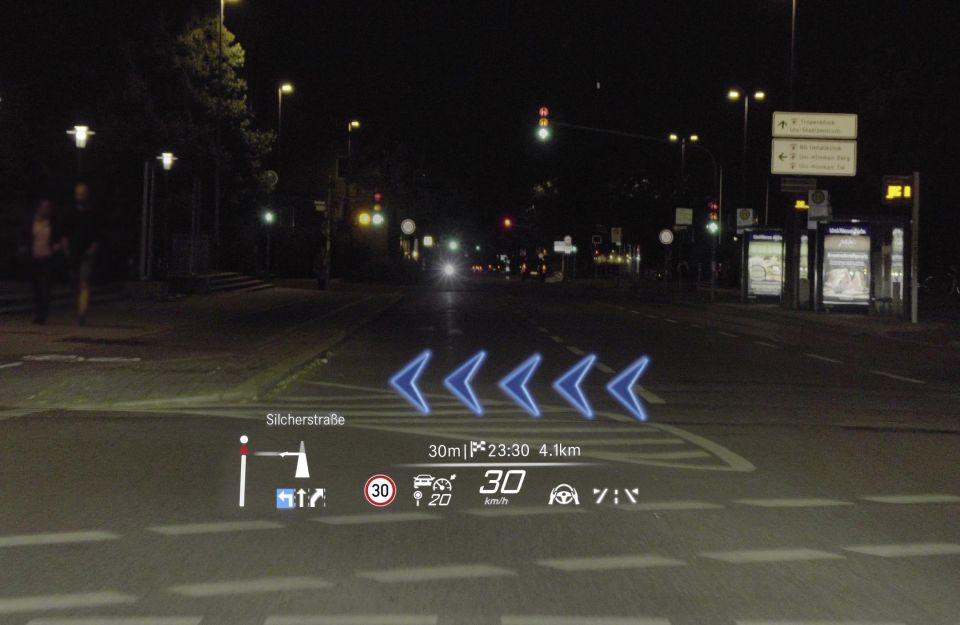
Mercedes-Benz says it’s the equivalent of a 77.0-inch television projected on the road 10m ahead of the car, although that screen real estate isn’t necessarily full at any given time.
Having that much information on show could be distracting but for the most part it’s helpful, and doesn’t draw too much attention from the road.
If you struggle with directions or hate looking down at the central screen, it’s a must-tick box.
Beyond the tech? The driving position is excellent, and the heated, cooled, and massaging front seats are nothing short of exceptional. Even the headrests feel plush. You could spend days at the wheel and not feel tired.
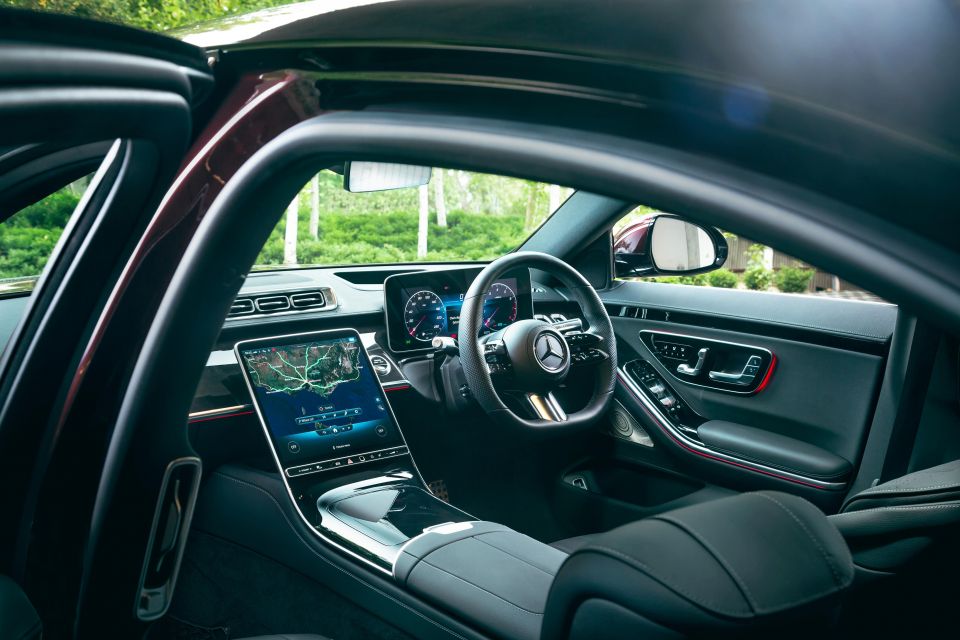
The sweeping dashboard trim and high-set quad air vents are handsome, and the general design befits a car of the S-Class’ status, but the expansive screen quickly gets covered with fingerprints.
Arguably more impressive than the front is what’s hiding behind them. Our time in the new S-Class started there, reclining in the powered, heated, nappa-leather-trimmed armchairs.
They’re standard in the long-wheelbase model, given it’s more likely to house clients in the back seats, and optional in the regular wheelbase.
Even the leggiest, most demanding passengers will be able to stretch out in the LWB – especially if there’s no-one in the front passenger seat, which can be slid forward and folded away to free up even more space.
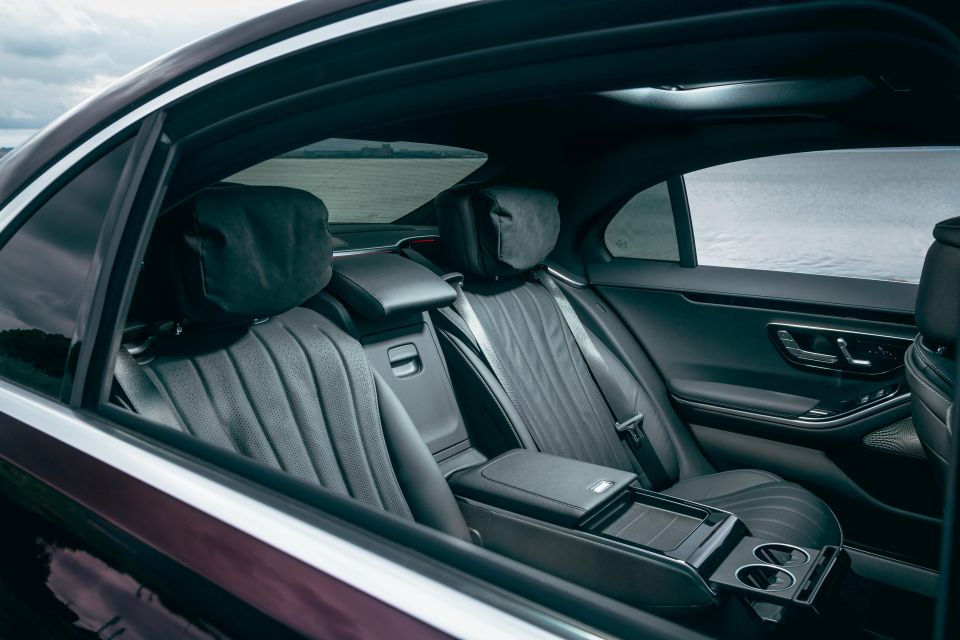

Where expert car reviews meet expert car buying – CarExpert gives you trusted advice, personalised service and real savings on your next new car.
There’s plenty of buttons to press back there if you’re so inclined, but it’s such a relaxing place to sit we’d recommend taking a nap instead.
Optional back there is a pair of displays ($8700) on the seat backs and a tablet in the fold-down central armrest, along with wireless noise-cancelling headphones.
The screens are fully-fledged members of the MBUX family capable of controlling the car’s infotainment, showing live TV, or acting as a monitor for HDMI devices.
If you’re being chauffeured around there are few better places to spend time.
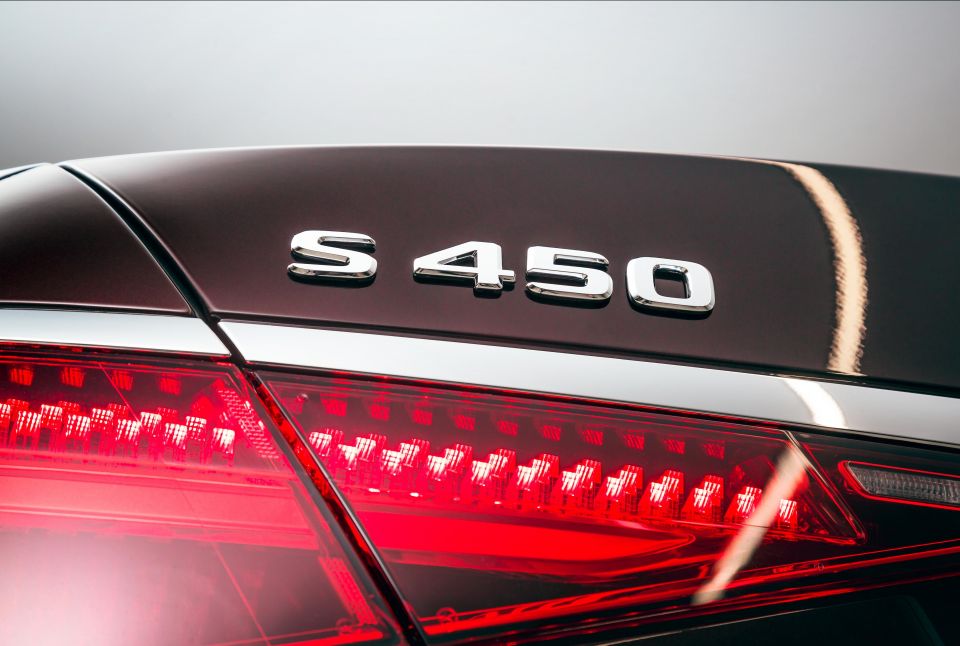
Only one engine will be available in the 2021 Mercedes-Benz S-Class at launch.
It’s a turbocharged 3.0-litre inline-six petrol with 270kW of power and 500Nm of torque, mated with an EQ Boost 48V mild-hybrid system capable of adding 16kW and 250Nm.
The S-Class is all-wheel drive in Australia for the first time, and the 100km/h sprint is dispatched in 5.1 seconds.
A turbocharged 4.0-litre V8 engine with 48V augmentation will follow before the end of 2021. Don’t expect to see diesel Down Under, though.
Claimed fuel economy is 8.2L/100km on the combined cycle, while the S450L uses 8.4L/100km on the same combined cycle test.

If you’re into wafting along in near silence, the S-Class is the car for you.
Settle into the back seat and the outside world fades away. The noise suppression is top notch, and the six-cylinder engine barely raises its voice above a whisper.
The ride is deeply impressive from the back, smoothing over pimply tarmac with aplomb at low speeds, and soaking up speed bumps as if they aren’t there.

Even without the optional e-active body control system (which reads the road to prepare for bumps) the basic air suspension can raise the S-Class for tricky dips at up to 60km/h, or automatically lower for better aero at autobahn speeds.
It also relaxes in Comfort mode, stiffens up in Sport, and puts on its best AMG GT R impression in Sport Plus. Rear-seat passengers will be voting for Comfort, given how effortlessly it blocks the outside world.
Driving is nice, but it’s easy to see the appeal of being chauffeured around after some time in the S-Class.
Not everyone who buys an S-Class will live life in the back seats. Thankfully, there’s plenty there for drivers as well.
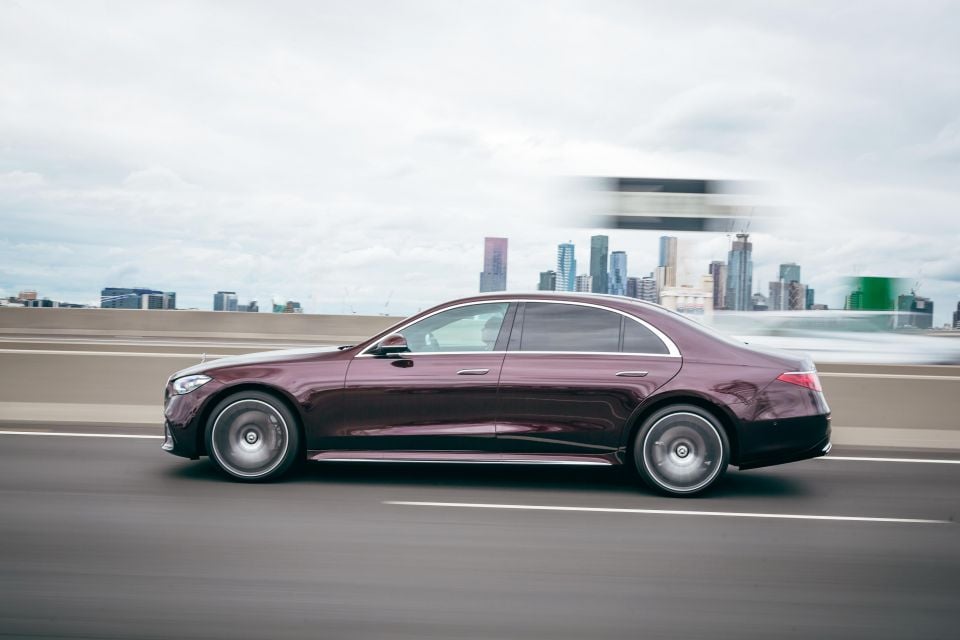
Although it stops short of offering a usable electric range, the EQ Boost mild-hybrid system does a brilliant job boosting the 3.0-litre inline-six engine.
It’s subtle, but you can feel it providing torque when you squeeze the throttle up a hill, saving the nine-speed automatic from dropping a gear and undermining the serenity.
Start/stop is nearly imperceptible, cutting the engine as you coast to a standstill and firing it smoothly and quietly when you need to get rolling again.
Even without electric augmentation the S-Class engine has enough punch to move the big sedan’s considerable mass without breaking too much of a sweat.

Bury the throttle and it really gets a move on, feeling every bit as quick as its circa 5.0-second sprint to 100km/h would suggest.
Are there times where the more effortless performance of a V8 would nice? Absolutely. Do you need more performance than the inline six in the S450 offers? Probably not.
The headline option in the new S-Class is a rear-wheel steering system capable of tightening the turning circle to levels unachievable by even the little A-Class.
It can turn the rear wheels up to 10 degrees in the opposite direction to the fronts at low speeds, although the full range of motion isn’t applied all the time.
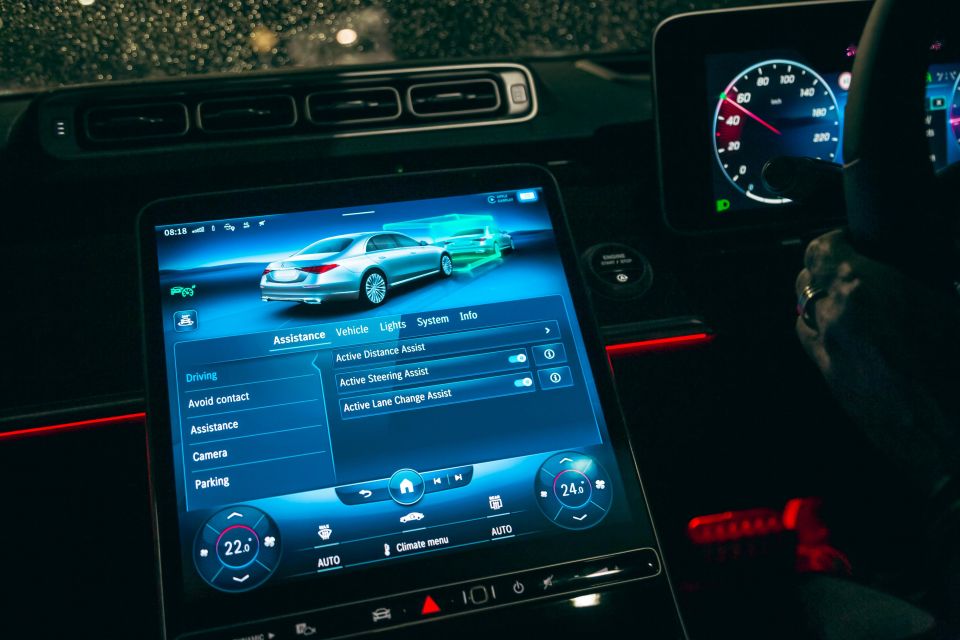
Unfortunately, it wasn’t fitted to our tester. With light steering, a full range of high-resolution cameras, and some of the smartest self-parking tech around, the S-Class is easier to thread through the city at low speeds than really it should be.
In Australia, the more advanced rear-wheel steer will be a $2700 option. A more moderate setup capable of 4.5 degrees at the rear axle is offered in Europe, but it won’t make the trip Down Under.
Where the car really shines is on the highway, where its incredible refinement, supple ride, and advanced driver aids make it an effortless way to cover ground.
It floats along imperiously at a cruise. The air suspension irons out the road beneath you, the engine ticks over silently in the background, and an army of Stuttgart’s finest electronic assists are on hand to stop you shooting off into the scenery.
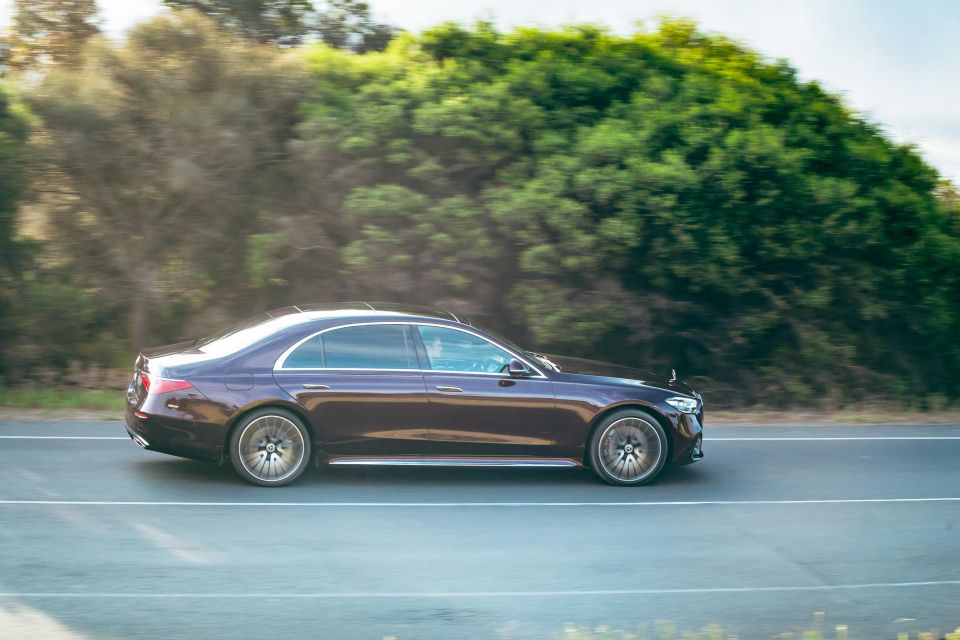
Adaptive cruise can now predictively slow before speed limits change, and the autonomous emergency braking can stop and avoid stationary vehicles at up to 130km/h, rather than 60km/h like before.
The updated steering assist system is backed by a new camera system, and is designed to be more capable of holding the centre of a lane on the motorway, more useful on country roads, and more aware of situations where the driver needs to sit on the edge of their lane.
Between 60 and 250km/h, the new setup can react to road edges that aren’t necessarily painted lines, and Mercedes says the steering inputs are more natural.
Sure, even entry-level hatchbacks have adaptive cruise and lane-keeping assist in 2021, but the systems in the S-Class are some of the smartest and subtlest on the market.
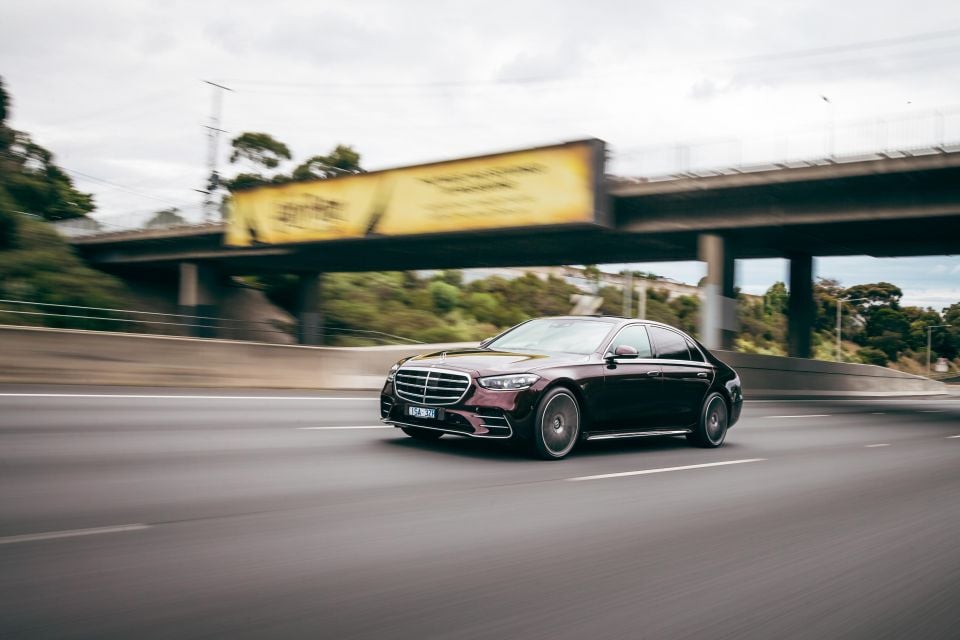
Pointed at a set of curves, the S-Class is capable of getting a move on… provided you’re aware of its size.
The suspension does a good job keeping the big S-Class in check when it’s locked into sport or sport plus, and the EQ Boost system feels more willing to give the petrol engine a helping hand on light throttle inputs.
That’s not really the point here, though. Lock it in comfort, point the nose at the horizon, and cruise.

The 2021 S-Class is backed by a five-year, unlimited-kilometre warranty like all Mercedes-Benz models in Australia.
Maintenance is required every 12 months or 25,000km.
A three-year service plan costs $2700, a four-year plan is priced at $3600, and a five-year plan is $5400 when paid upfront.
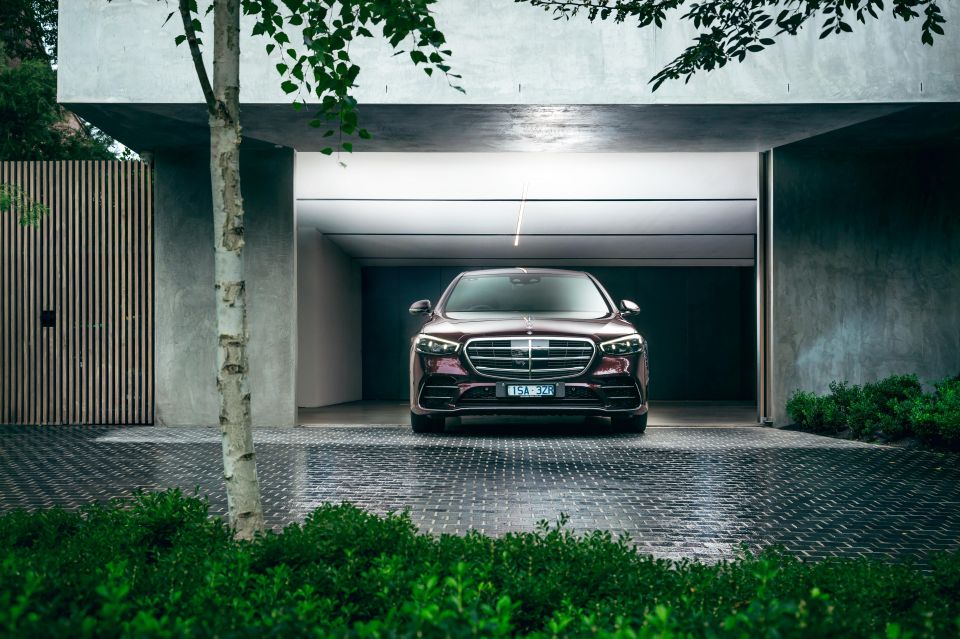
Surprise! The new S-Class is exceptional.
It’s unbelievably refined on the road, has a cabin that blends high-tech sizzle with old-school luxury, and is loaded with driver assists that will gradually filter down through the Mercedes range.
Not only does that make for a brilliant S-Class, it bodes well for the next-generation C-Class sedan and wagon.
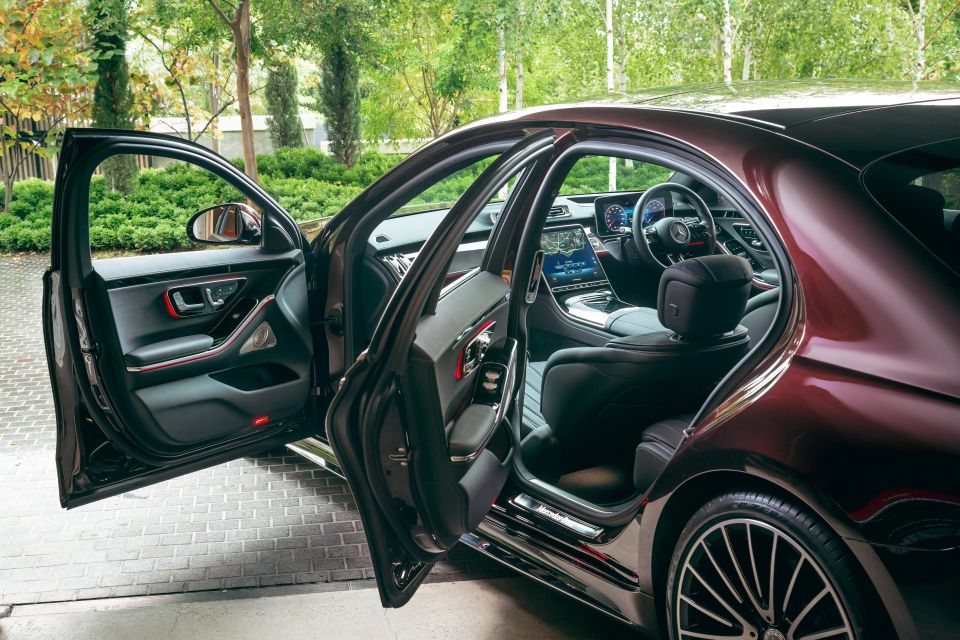
They ride on a cut-down version of MRA platform underpinning the flagship limousine, albeit exclusively with four-cylinder power under the bonnet, which should give BMW some sleepless nights.
Is the S-Class still the daddy of the Mercedes-Benz range? It is for now, although the electric EQS will likely change that with its screen-heavy interior and uber-aerodynamic design.
But that’s okay. Even if it’s not the highest-tech, most aggressively forward-looking car in the Mercedes-Benz line-up, the latest S-Class does everything it needs to and more.
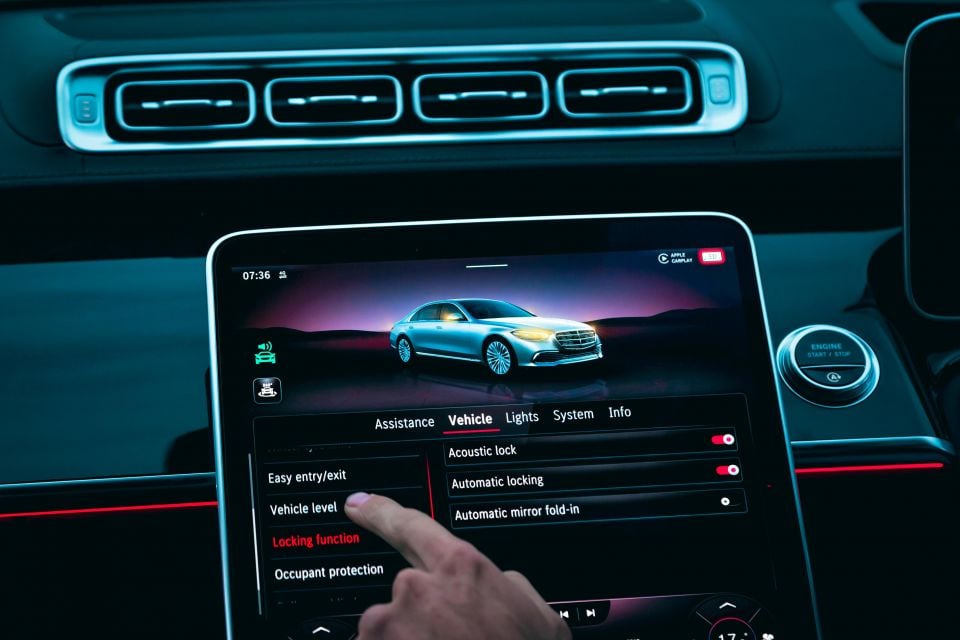
Click the images for the full gallery
MORE: Mercedes-Benz S-Class news, reviews, comparisons and videos
Where expert car reviews meet expert car buying – CarExpert gives you trusted advice, personalised service and real savings on your next new car.
Scott Collie is an automotive journalist based in Melbourne, Australia. Scott studied journalism at RMIT University and, after a lifelong obsession with everything automotive, started covering the car industry shortly afterwards. He has a passion for travel, and is an avid Melbourne Demons supporter.


Josh Nevett
5 Days Ago


Andrew Maclean
4 Days Ago


Shane O'Donoghue
4 Days Ago


Anthony Crawford
3 Days Ago


Matt Campbell
2 Days Ago


James Wong
1 Day Ago